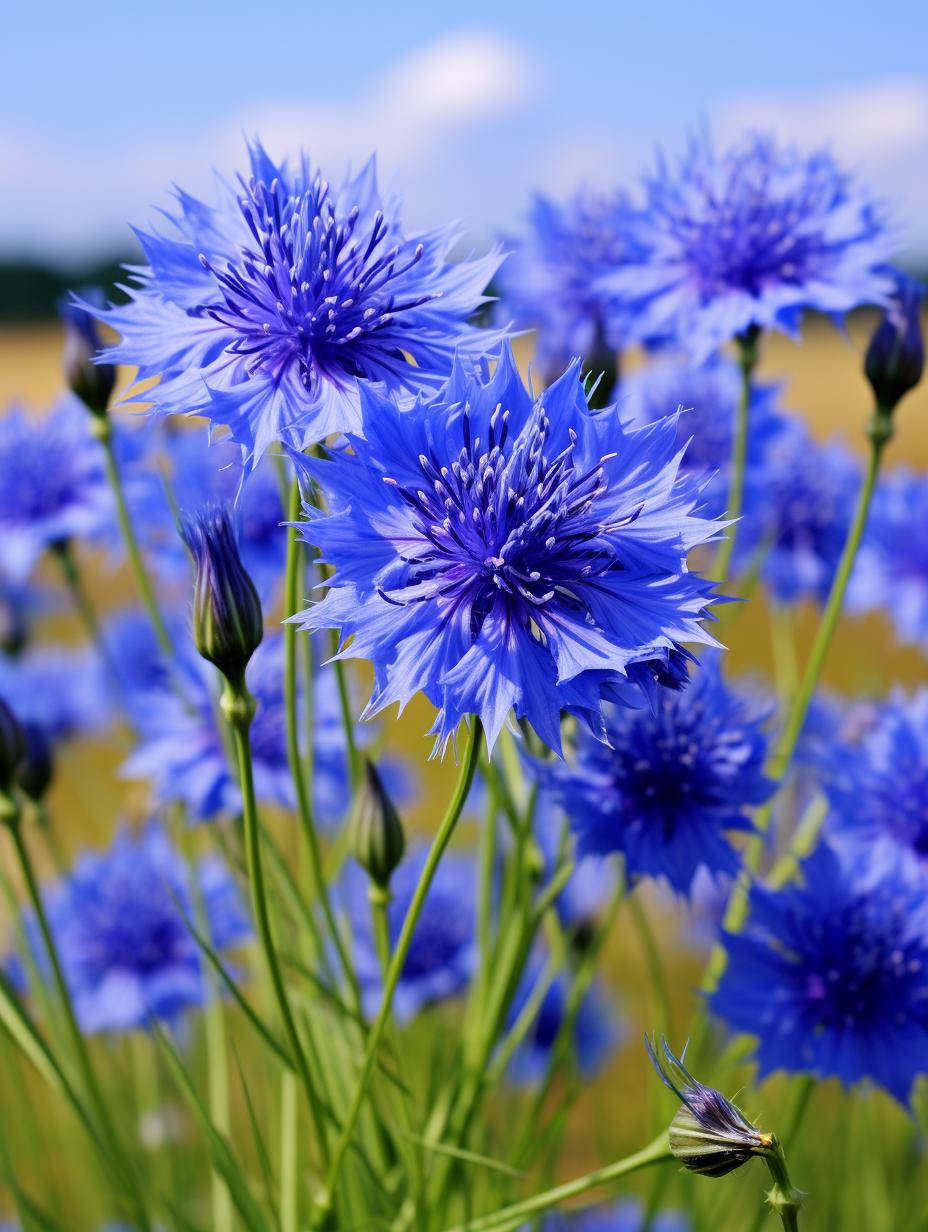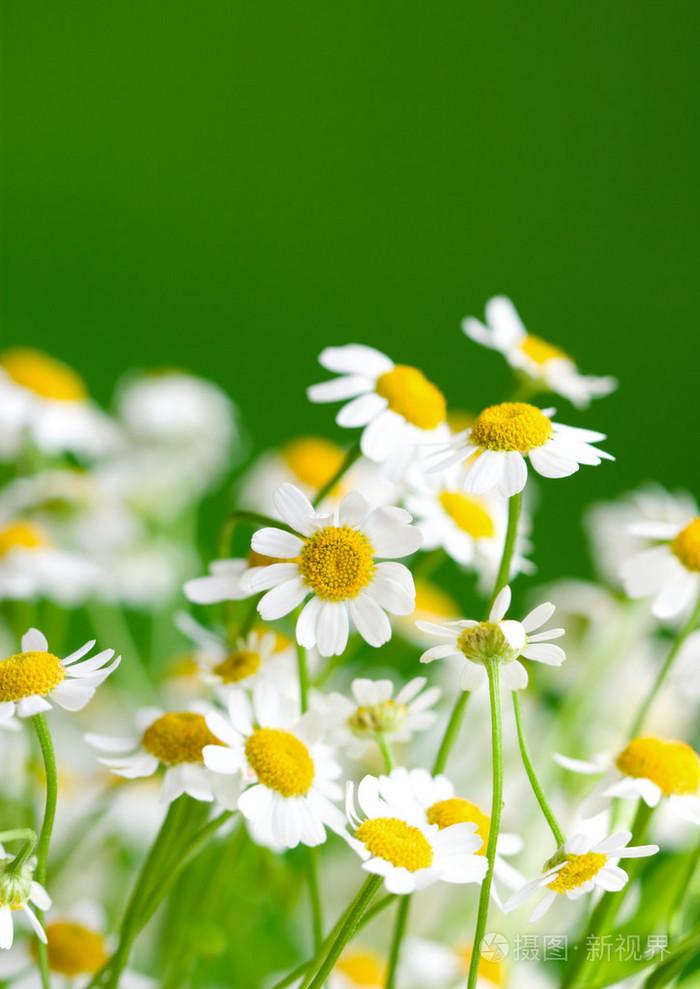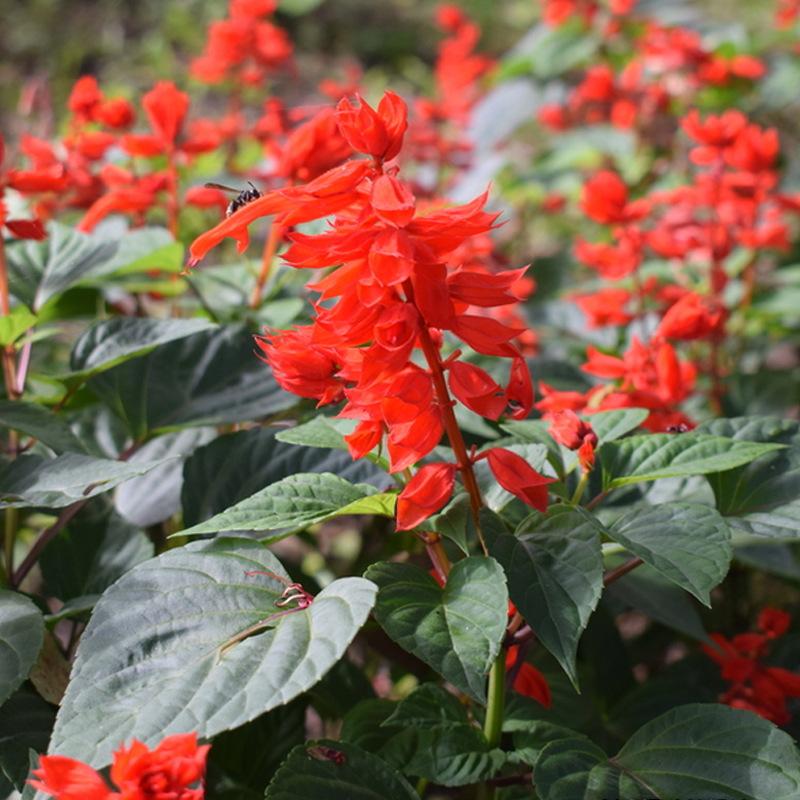Elatinaceae is a fascinating plant family that holds an interesting story. This family, known as the waterwort family, consists of plants that thrive in aquatic and wetland environments. What makes their story intriguing is their unique adaptation to survive in these challenging conditions.
With their specialized anatomical features, Elatinaceae plants have developed mechanisms to efficiently absorb and store oxygen underwater. They have tiny pores on their leaves that allow them to exchange gases, enabling them to obtain oxygen even when submerged.
Another remarkable feature of Elatinaceae plants is their ability to regulate their buoyancy. They have air-filled cavities within their tissues, helping them stay afloat in water. This adaptation not only allows them to access sunlight for photosynthesis but also aids in seed dispersal as their buoyant fruits can travel long distances by water currents.
Moreover, Elatinaceae plants have found clever ways to deal with ever-changing water levels. Some species can adjust their growth patterns, elongating or shortening their stems depending on water availability. This adaptability ensures their survival in diverse aquatic ecosystems.
In conclusion, the story of Elatinaceae plants showcases nature’s incredible ingenuity and adaptation. These plants have developed unique mechanisms to thrive in the challenging habitat of water, making them a fascinating subject of study for botanists and nature enthusiasts alike.
Picture
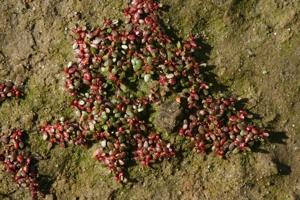
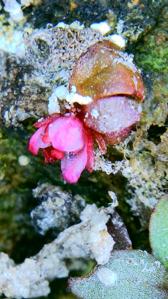
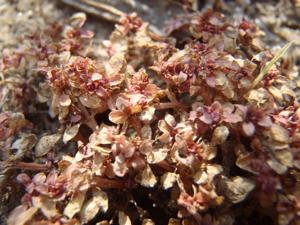
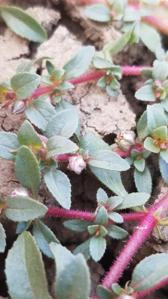
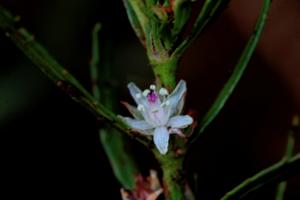
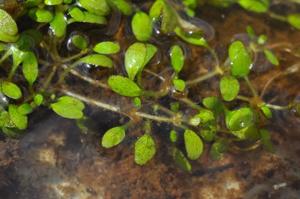
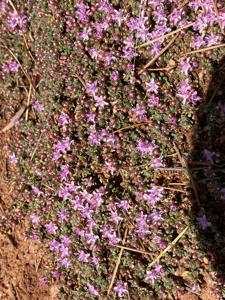
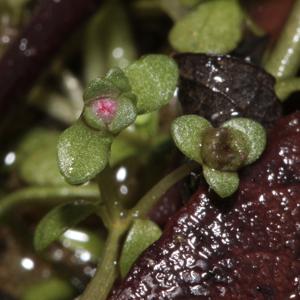
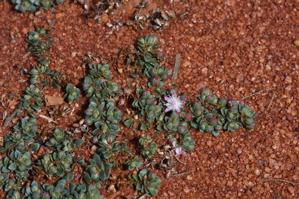
Plant some seeds now!
Short Description
Elatinaceae is a family of flowering plants with ca 35 (to perhaps 50) species in two genera: Elatine and Bergia. The Elatine are mostly aquatic herbs, and the Bergia are subshrubs to shrubs. Elatine species are widely distributed throughout the world from temperate to tropical zones, with its greatest diversity found in temperate zones. Bergia is found in temperate to tropical Eurasia and Africa, with two tropical and one tropical to temperate species in the Americas. The center for biodiversity of Bergia is the Old World tropics, and this is also the center for biodiversity for the family. Neither genus is found in arctic ecosystems.
Member of the family have bisexual flowers, usually small flowers, single, or in cymes, with two to five overlapping petals. The plants have opposite or whorled leaves, which may have glands along their margins, and have stipules. The aquatic herbs in the genus Elatine often have reduced characteristics as part of their adaptation to an aquatic habitat.
Waterwort (Elatine hexandra), a member of this family, and 2 similar species (Elatine hydropiper and Elatine macropoda) are often grown in aquariums.

